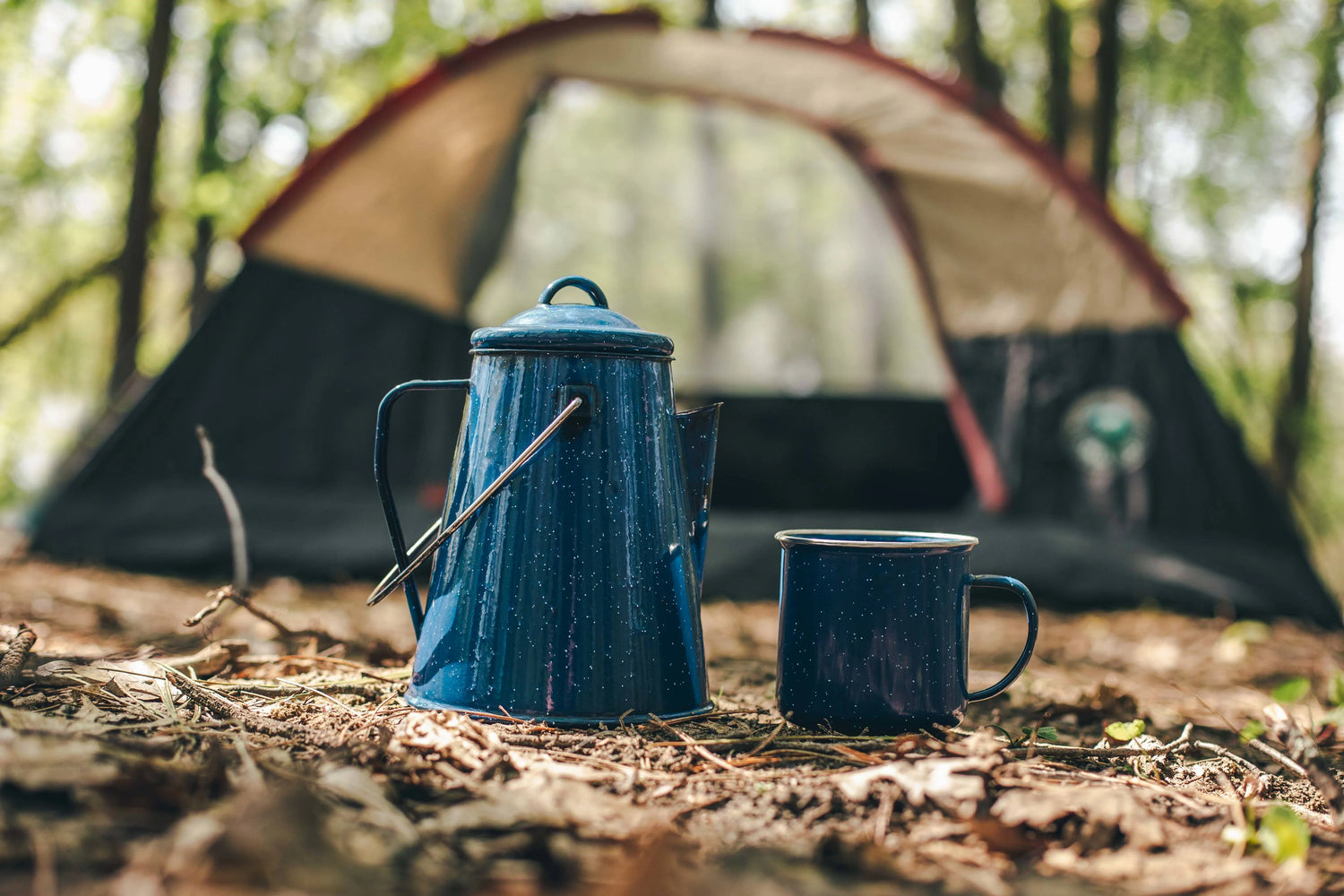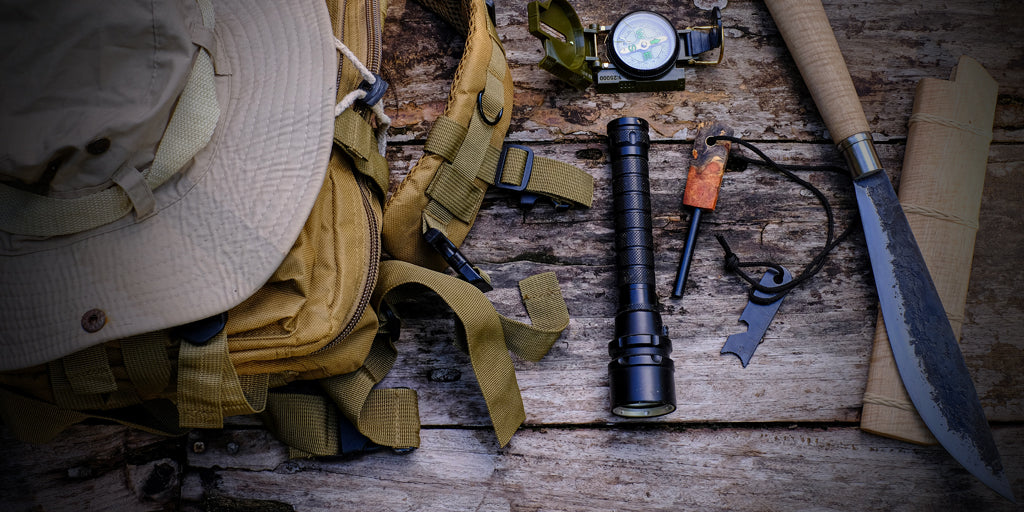Imagine the scene: you're deep in the heart of nature, surrounded by towering trees and the crackling warmth of a campfire. The smell of perfectly grilled steak fills the air, and anticipation mounts as you prepare to dive into your outdoor feast. But as you reach for your cooking utensils, disaster strikes – your once-promising meal becomes a charred mess, leaving you hungry and defeated. Fear not, fellow adventurer, for in the world of campfire cuisine, mishaps are merely stepping stones on the path to culinary mastery.
Embrace the Flames: Understanding the Art of Campfire Cooking
The allure of campfire cooking lies not only in the delicious flavors it produces but also in the primal connection it fosters with nature. To truly embrace the flames, one must understand the fundamentals of outdoor cooking. From choosing a fire source to mastering the art of heat regulation, every aspect plays a crucial role in the success of your culinary endeavors.
Before you embark on your culinary adventure, it's essential to equip yourself with the right tools for the job. From sturdy cast iron skillets on durable grilling racks to compact camping cookware on portable propane burners, investing in quality outdoor cooking equipment ensures that you're well-prepared to tackle any recipe that comes your way. Remember, a well-equipped chef is a confident chef.
Meal Choices: Have You Decided What's on the Menu?

This table provides a comprehensive overview of recommended food groups and hydration sources for an active outdoorsman's breakfast, along with their benefits and importance for optimal performance and overall health.
| Food Group |
Examples |
Benefits and Importance |
| Vegetables |
Spinach, bell peppers, tomatoes |
Provide vitamins, minerals, and fiber; contribute to overall health and provide essential nutrients for energy and recovery |
| Fruits |
Bananas, berries, oranges |
Rich in antioxidants, natural sugars, vitamins, and hydration; replenish glycogen stores after physical activity |
| Grains |
Oatmeal, whole grain toast, quinoa |
Provide complex carbohydrates for sustained energy and fiber; release energy slowly for long-lasting fuel |
| Protein Foods |
Eggs, lean meats, Greek yogurt, tofu |
Support muscle repair and growth; maintain satiety and provide essential amino acids for overall health |
| Dairy |
Milk, cheese, yogurt |
Supply calcium, protein, and vitamin D; support bone health, muscle function, and overall nutrition |
| Oils & Solid Fats |
Olive oil, avocado, nuts |
Provide healthy fats for heart health, energy, and essential fatty acids; help absorb fat-soluble vitamins |
| Added Sugars |
Syrups, sweetened beverages, processed foods |
Limit excess sugars to prevent energy crashes and weight gain; opt for naturally sweetened options when possible |
| Beverages |
Water |
Essential for hydration, regulating body temperature, supporting digestion, and maintaining overall health |
Breakfast:
Start your day off right with a hearty breakfast cooked over an open flame. From fluffy pancakes to sizzling bacon and eggs, the possibilities are endless when it comes to campfire breakfast classics. With a few simple ingredients and a touch of creativity, you can whip up a morning feast that will fuel your outdoor adventures for hours to come.

Lunch:
When hunger strikes in the middle of the day, turn to these simple and satisfying lunchtime favorites. From classic sandwiches to hearty soups and stews, these recipes are designed to keep you energized and satisfied as you explore the great outdoors. With minimal prep and maximum flavor, you'll never go hungry on your outdoor adventures again.

Dinner:
As the sun sets and the stars begin to twinkle overhead, there's no better way to end a day of outdoor exploration than with a delicious campfire dinner. From mouthwatering grilled meats to flavorful vegetable skewers, these recipes are sure to impress even the most discerning outdoor palates. So sit back, relax, and savor the flavors of the wilderness as you dine under the stars.

Dessert:
No outdoor meal is complete without a sweet treat to satisfy your sweet tooth. From gooey s'mores to decadent fruit crisps, campfire desserts are the perfect way to end your meal on a high note. With a few simple ingredients and a bit of creativity, you can create desserts that are as delicious as they are memorable.

Safety First: Tips for Safe and Enjoyable Campfire Cooking

While campfire cooking can be a rewarding experience, it's important to prioritize safety at all times. From choosing a safe cooking location to properly extinguishing your fire, these tips will help ensure that your outdoor cooking adventures are safe and enjoyable for everyone involved. Remember, a little caution goes a long way when cooking over an open flame:
- Choose a flat and stable cooking surface away from flammable materials.
- Keep a fire extinguisher or water source nearby in case of emergencies.
- Avoid wearing loose clothing that can easily catch fire.
- Use long-handled utensils to prevent burns and keep a safe distance from the flames.
- Supervise children and pets around the campfire to prevent accidents.
- Never leave a fire unattended and ensure it is completely extinguished before leaving.
- Be mindful of wind conditions that can spread embers and sparks.
- Use designated fire pits or rings when available and follow local regulations.
- Dispose of hot coals and ashes properly to prevent wildfires.
- Familiarize yourself with first aid procedures for burns and other injuries.
These safety measures will help ensure a safe and enjoyable outdoor cooking experience for you and your companions.
As you embark on your journey into the world of campfire cuisine, remember that the most important ingredient is passion. With a bit of practice, patience, and a touch of creativity, you can transform simple ingredients into culinary masterpieces that will delight your taste buds and nourish your soul. So gather 'round the fire, dear reader, and let the flames of inspiration ignite your passion for outdoor cooking like never before.
The wilderness awaits – are you ready to answer the call?














